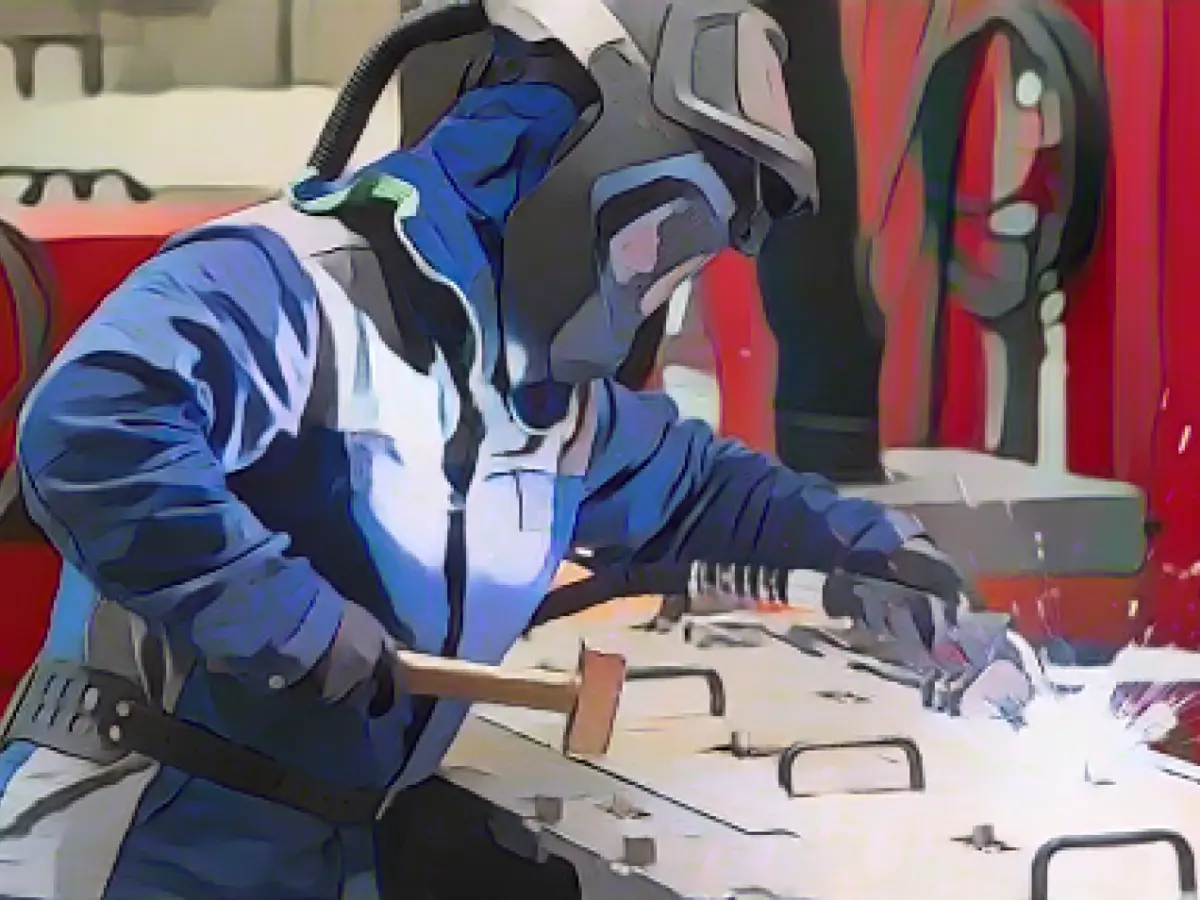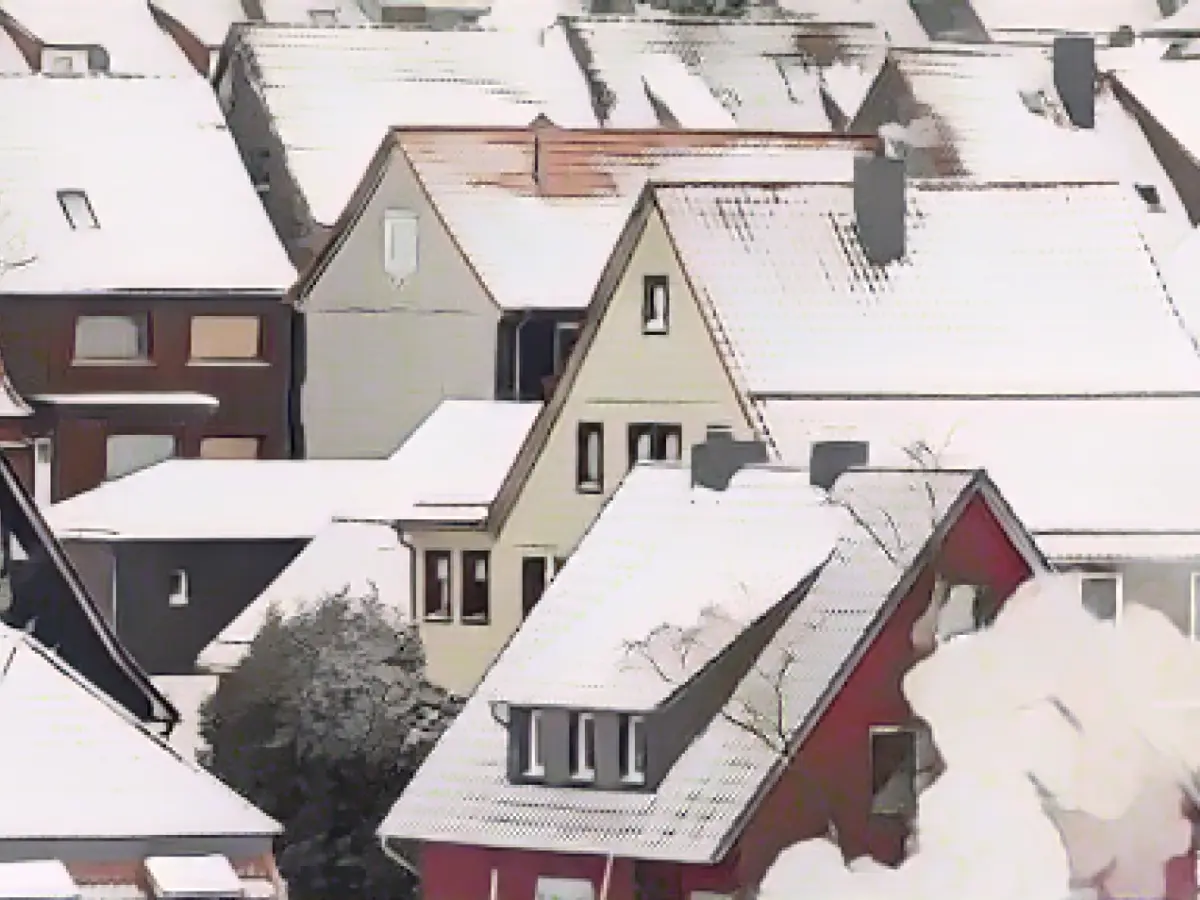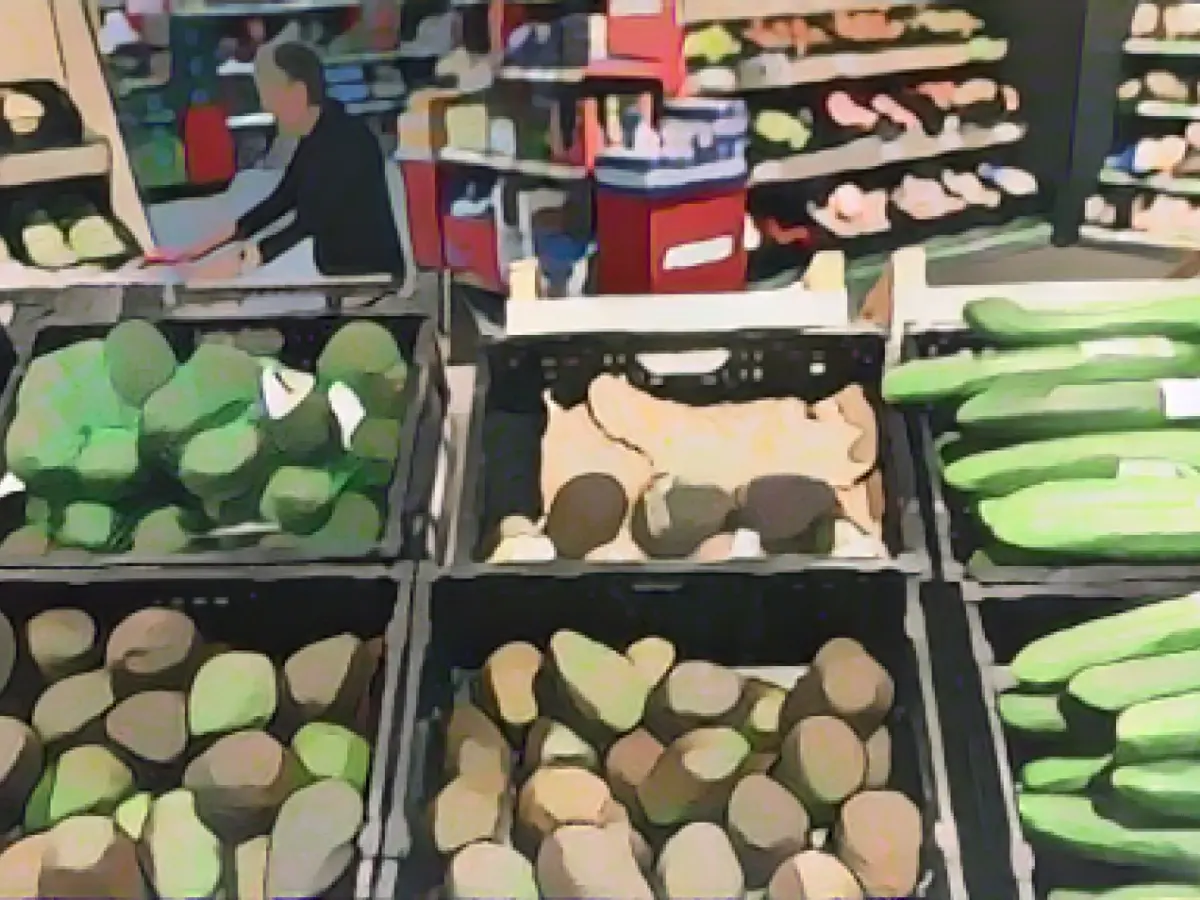Industrial Orders Plummet in Germany
October saw a steep decline in orders for German industry, with a 3.7% drop compared to the previous month. This was significantly beneath the expected 0.2% increase, as reported by analysts. The Federal Statistical Office in Wiesbaden attributed this slump to a lack of significant orders. Interestingly, the previous month's upward revision from 0.2% to 0.7% now seems to have been a temporary reprieve. This three-month comparison revealed an even more troubling 4.6% decline.
The Ministry of Economics in Berlin voiced concern over the persistent downturn, noting a stagnation in order volume since spring, indicating a sluggish recovery in industry. Excluding large orders, the trend has remained flat. This bleak outlook suggests that a significant industrial recovery may not materialize until the following year.
Sector-specific Struggles
This slide in orders mainly affected intermediate and capital goods such as machinery, while consumer goods saw an uptick. Domestic demand increased by 2.4%, while foreign orders plummeted by 7.6%.
Economists have warned that the absence of large orders will necessitate companies to scale back production. Commerzbank economist Ralph Solveen suggested this could lead to further contraction in the German economy during the winter half-year, potentially triggering a technical recession.
Germany's Economic State
The German economy contracted slightly in the summer quarter, and an additional decline in the final quarter could result in a technical recession, defined as two consecutive quarters of economic downturn.
Enrichment Insights
- Decrease in orders mainly due to a lack of large-scale orders for aircraft, ships, and trains following sizable orders in the previous month.
- Demand weakened for pharmaceuticals and basic metals, with machinery and equipment experiencing the most significant drop.
- Foreign orders dipped by 10.8%, reflecting lower demand from the Eurozone and outside the Eurozone.
These factors contributed to a 1.5% drop in factory orders in October, falling short of the projected 2% decline. Looking ahead,
- The decline in orders, particularly in energy-intensive sectors, is adding to the stagnation in German industrial production, which is grappling with high energy costs and the transition to greener energies.
- The ongoing economic weakness and second consecutive year of reduced real GDP growth point towards a prolonged period of stagnation before a potential recovery in Q1 2025.
- Investor sentiment has recently improved due to easing inflationary pressure and stable economic growth, but the decline in factory orders could dampen confidence and possibly influence policy decisions ahead of the upcoming federal election.
- Encouraging productivity growth through technological advancements and reducing bureaucratic hurdles is essential to combat broader growth pressures and weak productivity growth in the euro area, essential for long-term economic stability.







